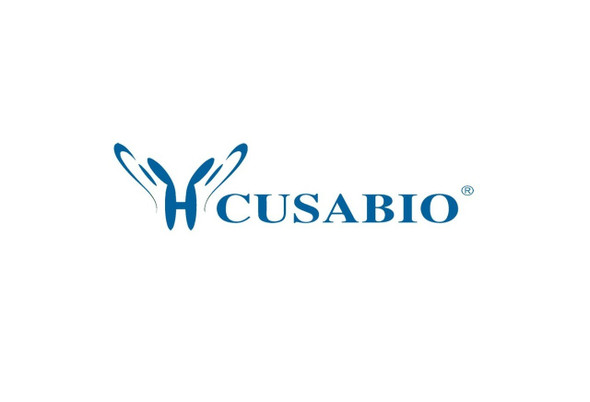Cusabio Polyclonal Antibodies
SNX5 Antibody | CSB-PA872015LA01HU
- SKU:
- CSB-PA872015LA01HU
- Availability:
- 3 to 7 Working Days
Description
SNX5 Antibody | CSB-PA872015LA01HU | Cusabio
SNX5 Antibody is Available at Gentaur Genprice with the fastest delivery.
Online Order Payment is possible or send quotation to info@gentaur.com.
Product Type: Polyclonal Antibody
Target Names: SNX5
Aliases: Sorting nexin-5, SNX5
Background: Involved in several stages of intracellular trafficking. Interacts with membranes containing phosphatidylinositol 3-phosphate (PtdIns (3P) ) or phosphatidylinositol 3, 4-bisphosphate (PtdIns (3, 4) P2) (PubMed:15561769) . Acts in part as component of the retromer membrane-deforming SNX-BAR subcomplex. The SNX-BAR retromer mediates retrograde transport of cargo proteins from endosomes to the trans-Golgi network (TGN) and is involved in endosome-to-plasma membrane transport for cargo protein recycling. The SNX-BAR subcomplex functions to deform the donor membrane into a tubular profile called endosome-to-TGN transport carrier (ETC) (Probable) . Does not have in vitro vesicle-to-membrane remodeling activity (PubMed:23085988) . Involved in retrograde transport of lysosomal enzyme receptor IGF2R (PubMed:17148574, PubMed:18596235) . May function as link between endosomal transport vesicles and dynactin (Probable) . Plays a role in the internalization of EGFR after EGF stimulation (Probable) . Involved in EGFR endosomal sorting and degradation; the function involves PIP5K1C isoform 3 and is retromer-independent (PubMed:23602387) . Together with PIP5K1C isoform 3 facilitates HGS interaction with ubiquitinated EGFR, which initiates EGFR sorting to intraluminal vesicles (ILVs) of the multivesicular body for subsequent lysosomal degradation (Probable) . Involved in E-cadherin sorting and degradation; inhibits PIP5K1C isoform 3-mediated E-cadherin degradation (PubMed:24610942) . Plays a role in macropinocytosis (PubMed:18854019, PubMed:21048941) .
Isotype: IgG
Conjugate: Non-conjugated
Clonality: Polyclonal
Uniport ID: Q9Y5X3
Host Species: Rabbit
Species Reactivity: Human
Immunogen: Recombinant Human Sorting nexin-5 protein (7-245AA)
Immunogen Species: Homo sapiens (Human)
Applications: ELISA, WB, IHC, IF
Tested Applications: ELISA, WB, IHC, IF; Recommended dilution: WB:1:1000-1:5000, IHC:1:500-1:1000, IF:1:200-1:500
Purification Method: >95%, Protein G purified
Dilution Ratio1: ELISA:1:2000-1:10000
Dilution Ratio2: WB:1:1000-1:5000
Dilution Ratio3: IHC:1:500-1:1000
Dilution Ratio4: IF:1:200-1:500
Dilution Ratio5:
Dilution Ratio6:
Buffer: Preservative: 0.03% Proclin 300
Constituents: 50% Glycerol, 0.01M PBS, pH 7.4
Form: Liquid
Storage: Upon receipt, store at -20°C or -80°C. Avoid repeated freeze.
Initial Research Areas: Signal Transduction
Research Areas: Signal transduction













